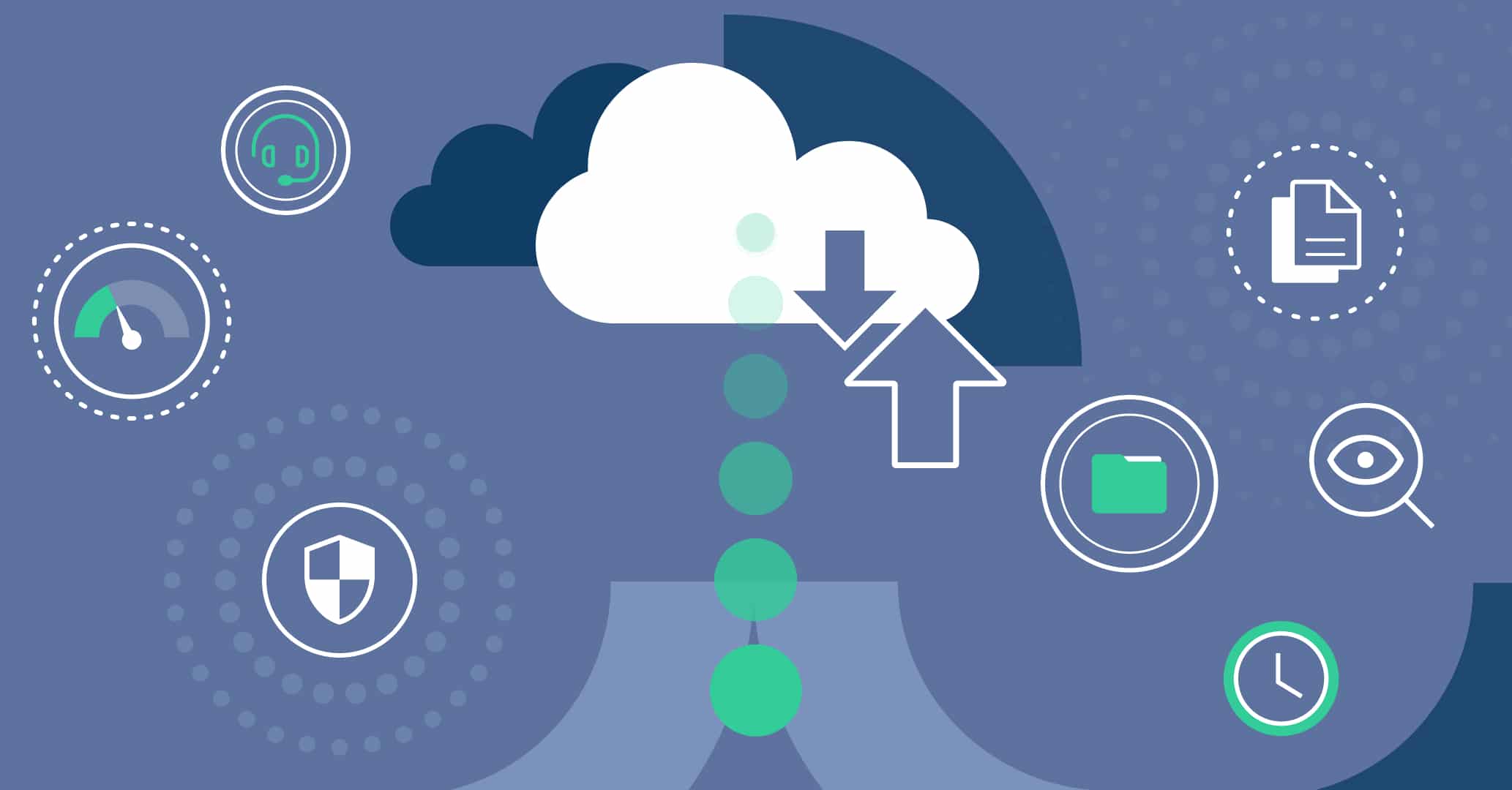- 1. Introduction
-
2.
Essential Documentation in a Quality Management System
- 2.1. 1. Quality Policy and Quality Manual
- 2.2. 2. Quality Control Procedures
- 2.3. 3. Key Processes and Workflows
- 2.4. 4. Records and Compliance Documents
- 2.5. 5. Change and Version Control
- 2.6. 6. Internal and External Audits
- 2.7. 7. Non-Conformities and Corrective Actions
- 2.8. 8. Risk and Opportunity Management
- 2.9. 9. Staff Training and Competency
- 2.10. 10. Quality Plans and Objectives
- 3. Documents Required by ISO 9001
- 4. Conclusion
Introduction
A well-designed quality management system (QMS) helps an organization meet customer satisfaction and regulatory compliance. It also fosters a culture of continuous efficiency improvement. However, the core element of a QMS is the need for thorough documentation.
Documentation lays the strong foundation of QMS, as it provides a clear framework for an organization’s operations/processes. It describes all the components of an effective QMS, which makes the quality system transparent, consistent, and accountable. Furthermore, it also streamlines training and auditing within the organization. Therefore, this guide will delve into the essential documentation in a quality management system. So, let’s get started!
Essential Documentation in a Quality Management System
Documentation is an integral part of the quality management system that ensures consistency in processes and procedures. Although the size and scope of the organization depict the required documentation level, below is the essential documentation required in a QMS:
1. Quality Policy and Quality Manual
Quality policy is a statement meant to set the framework for the commitment of the QMS. It outlines the principles and values related to quality that align with an organization’s mission, purpose, and strategic direction. It specifies the top-level objective of QMS through which the rest of the objectives flow. In short, it is essential in QMS to drive passion and commitment towards a unified quality goal.
On the other hand, a quality manual is a top-level document that defines and demonstrates how QMS should function. It serves as a guide about how to uphold the quality system processes. Its content mainly includes:
- Scope and exclusions of QMS
- Quality policy and objectives
- Organizational structure and personnel responsibilities for QMS
- Processes/procedures of QMS
- Applicable regulations and standards
- Reference to relevant documents/records
In short, the purpose of the quality manual is to provide comprehensive documentation to clearly communicate all information related to QMS.
2. Quality Control Procedures
Quality control procedures reflect the documentation of the procedures that regulate quality control in the organization. It narrates all the procedures and techniques an organization is required to follow to ensure the quality of products/services.
Documenting quality control procedures is essential, as it clarifies QC criteria for quality assessment. Moreover, it is also important to ensure consistency and compliance with standards. In fact, it is even required by ISO 9001 for certification.
3. Key Processes and Workflows
Identification of the organization’s key processes and documenting them is also required in QMS. Key processes involve all the organization’s activities to deliver value and quality to customers. Therefore, it is important to identify and thoroughly explain all the key processes teams must follow to ensure consistent quality products/services.
The documentation of key processes involves detailed workflows to properly define the specific steps, roles/responsibilities, and resources of each process. Below are the main steps to document workflows:
- Identify and list all key processes
- Describe the sequence of activities in each process thoroughly
- Specify the inputs/outputs and resource dependencies of each process
- Define the roles and responsibilities of personnel in each process
- Present the workflow of each process through a diagram/flowchart
- Specify key performance indicators (KPIs) for each process
This way, well-defined processes and workflows can lead to efficient execution, consistency, and traceability.
4. Records and Compliance Documents
Another essential documentation in the quality management system (QMS) is compliance records. These documents show evidence that the organization has performed the necessary quality activities and adheres to the established procedures. Maintaining compliance records is important to reflect the organization’s commitment to quality standards, ensure regulatory compliance, facilitate audits, and support continuous improvement.
Some of the essential records and compliance documents include:
- Training records
- Input/output records of design/development
- Non-conformance (design/development changes) reports
- Audit reports
- Equipment maintenance records
- Customer feedback records
- Change control records
- Management review reports
- Regulatory compliance reports
In short, any record/report that reflects the organization’s quality measures comes under the records and compliance documentation.
5. Change and Version Control
Changes can occur in processes or products/services over time. Therefore, change and version control are about tracking and managing changes to ensure the effectiveness of QMS.
To manage change control in QMS documentation, it is important to have a clear systematic process for it. The common steps involved in it are as follows:
- Request for change
- Impact analysis
- Approve/deny
- Implement change
- Review/reporting
Keeping an up-to-date version log is important within a QMS, as it helps to ensure traceability, up-to-date QMS documentation, risk management, transparency, effective audits, and continuous improvement.
6. Internal and External Audits
Internal and external audits are regular activities to evaluate the efficiency and effectiveness of QMS. Therefore, they also require thorough documentation. All the internal and external audit programs should be documented with clear information about each audit’s schedule, scope, and objectives. Similarly, there should be proper documentation of the audit plan for each program, which can include details like criteria, checklist, roles/responsibilities, testing approach, etc.
After every internal and external audit, auditors should create comprehensive reports of findings. The reports can include elements like audit summary, methodology, observations, and recommendations.
7. Non-Conformities and Corrective Actions
Non-conformities are failure to meet requirements/standards. can be related to processes, products/services, customers, or regulations. QMS demands documentation of non-conformities, which includes all the details on non-conformities, such as the nature of non-conformity, root cause, impact, personnel involved, etc.
Non-conformity documentation helps the organization to take action to deal with those issues effectively. However, it is also essential to document corrective and preventive actions taken for non-conformities. These documents will help address loopholes, improve processes, and reflect the organization’s commitment to quality control. Furthermore, Clause 10.2 of ISO 9001:2015 also emphasizes handling non-conformities and corrective actions.
8. Risk and Opportunity Management
Every organization needs to address risks and opportunities effectively. Since risks and opportunities are directly linked to quality control, their assessment documentation is also essential in QMS.
Documenting risks and opportunities in the QMS involves creating a comprehensive list of identified risks and opportunities with details like nature, likelihood chances, impact, and associated strategies. The document can also include details about criteria for evaluating/categorizing risks and opportunities.
Risk management is directly linked to continuous improvement, which is the core element of QMS. When an organization strategically manages risks and opportunities, it can foster a culture of continuous improvement. This leads to improved processes/procedures, enhanced quality of products/services, and more satisfactory customers.
9. Staff Training and Competency
Staff training and competency are essential practices in any organization. They help employees do their jobs efficiently, learn new skills, and understand the organization’s procedures/policies effectively.
Since staff training and competency are directly linked to the quality outcomes of an organization, their documentation is also essential. In fact, the ISO 9001 standard also emphasizes staff training and competency. This involves documenting the training plan with details like overview, purpose, scope, responsibilities, schedule, content, etc.
Besides that, the organization should also maintain comprehensive records of past employee training with details like participated employees, training dates, content, assessment, etc.
In addition, if the organization is also conducting a separate assessment of employees’ competencies, then it should also be documented. This document should outline the competency framework, assessment methods, and assessment results. This way, the competency assessment and its documentation help to ensure that employees are qualified to carry out their responsibilities.
10. Quality Plans and Objectives
As the name implies, the quality plan is a document or a set of documents that specify the procedures, processes, and resources required to fulfill quality objectives. The objectives can be broad or specific, such as enhancing employee competency, increasing customer satisfaction, reducing product performance complaints, etc.
To document a quality plan, the first thing is to define clear quality objectives. Afterward, develop a complete quality plan that includes all the details such as scope, roles/responsibilities, action plan, resources, timeframe, etc.
Documents Required by ISO 9001
ISO 9001 is the most implemented QMS standard globally. It involves establishing, monitoring, and improving QMS while promoting a customer-focused culture. So, the list of the documents required to be certified in the ISO 9001 standard includes the following:
- Quality Policy
- Documented Procedures
- Compliance Records
- Internal and External Audit Trails
- Records of Non-Conformities and Corrective Actions
- Risk and Opportunity Management Records
- Staff Training and Competency Records
- Records of Quality Plans and Objectives
Besides the above documents, there are other documents that, although not required, may be useful:
- Quality Manual
- Manual of Procedures
- Workflows
- Work Instructions
- Management Review Logs
- Document Control Procedures: How documents are created, reviewed, approved, and controlled within the organization.
- Detailed Quality Plans: Documents describing how quality plans will be carried out and how specific objectives will be achieved.
- Additional Policies and Procedures: Documents detailing specific policies and procedures that are important to the organization and complement the requirements of ISO 9001:2015.
Conclusion
The quality management system is all about a formalized documentation system of procedures, processes, and responsibilities. Therefore, it is important for organizations to establish a structured approach to fulfill the essential documentation requirements of QMS listed above.
One of the best ways to formalize documentation in QMS is BPM software. Business Process Management (BPM) software, like Qflow, helps organizations design, document, execute, manage, monitor, and improve their business processes. Qflow helps to automate tasks, define roles/responsibilities, track performance, generate audit trails for each action, and monitor compliance. In short, a BPM tool provides a centralized platform to implement QMS and streamline documentation processes to increase efficiency and customer satisfaction and get ISO 9001 certification.






